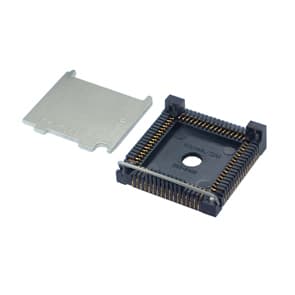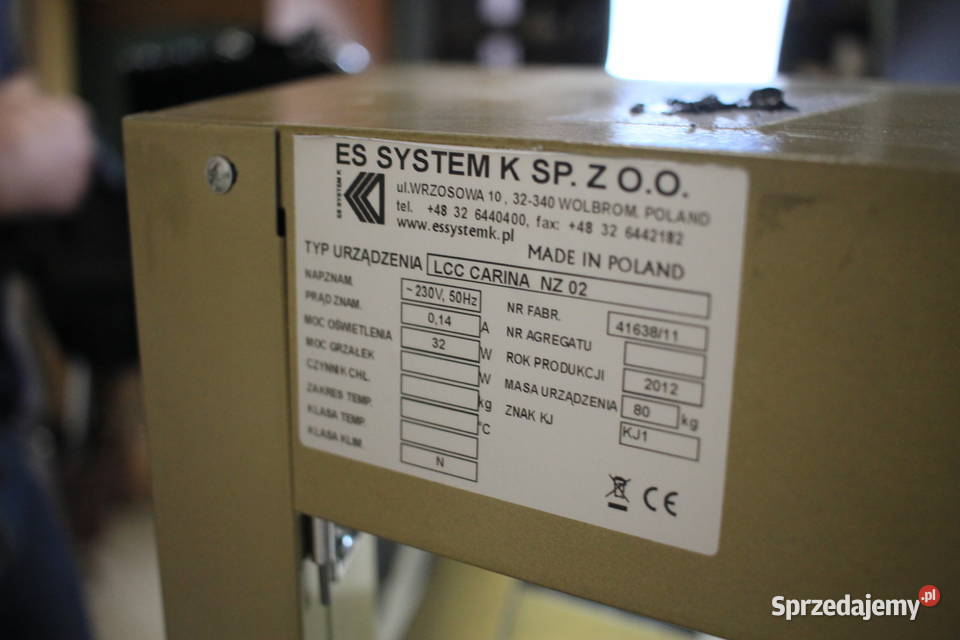

Atomic force microscopy (AFM) analysis confirmed pDNA-NPs size with an average diameter of 177–229 nm, depending on pVAX1-NH36 loading and zeta potentials were below −24 mV for all preparations. pVAX1-NH36 was replicated in Escherichia coli ( E. PLGA-PEG-FA synthesis was verified by FT-IR and spectrophotometry methods. PLGA-PEG-FA nanoparticles loaded with pVAX1-NH36 (pDNA-NPs) were prepared by using a double emulsification-solvent evaporation technique.

Plasmid DNA (pVAX1-NH36) was encapsulated in nanoparticles of poly- dl-lactic- co-glycolic (PLGA) functionalized with polyethylene glycol (PEG) and folic acid (PLGA-PEG-FA) without losing integrity. Therefore, the complex mixture had better performance than these substances alone and were highly dependent on the alkyl chain of the surfactant. Experimental result shows that the maximum %DR of the complex mixture was 21.455% at 3000 rpm, while the PIB and SDS were 19.197% and 8.03%, respectively. The reduction of the degradation level caused by the continuous circulation of surfactant additives in RDA could improve the long-term DR level. The morphology of this complex was investigated using transmission electronic microscopy (TEM). These materials were tested individually and as a complex mixture in RDA at various concentrations and rotational speeds (rpm). The complex mixture of polyisobutylene (PIB) and sodium dioctyl sulfosuccinate (SDS) was used. This study focuses on enhancing the drag reduction (DR) phenomenon within a rotating disk apparatus (RDA) using polymer-surfactant additives. However, turbulence reduces the initial flow rate at which liquids are pumped, thereby making liquid transportation through pipelines inefficient.

Pipelines and tubes play important roles in transporting economic liquids, such as water, petroleum derivatives, and crude oil. A Y-shaped microchannel was proposed and the microchannel cross-sectional area was optimized to be 63 μm 2 and a flow rate of 24.6 pL/min allowed successful cell penetration causing minimal damage to the cell. The nanoneedle proved to be able to measure temperature with a current difference of 50 nA and a resolution of 0.02 ☌ in 10 ms. Electrical measurement on yeast cell showed that the nanoneedle was independent of the cell conductivity. Furthermore, the current showed to have a positive temperature coefficient of resistance (TCR) with an increase in the temperature, and the nanoneedle showed to be able to resist ramp force up to 22.5 μN before failure. A rectangular shaped sensor with a gap of 10.8 µm showed to give the same current density distribution within the nanoneedle, and a 90 nm 2 cross-sectional area showed to cause minimum damage to the cell. The nanoneedle design and electrical and mechanical characterization are analyzed, in which tungsten is used as the sensing material.

In this research, a finite element study on a nanoneedle-microfluidic system for single cell temperature measurement is presented.


 0 kommentar(er)
0 kommentar(er)
